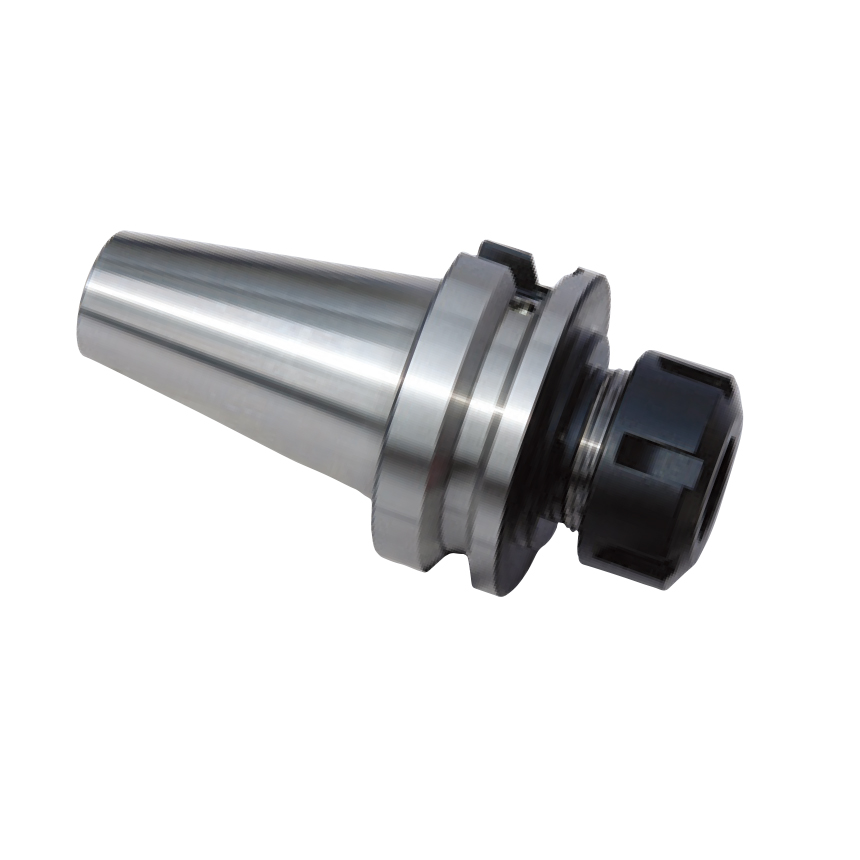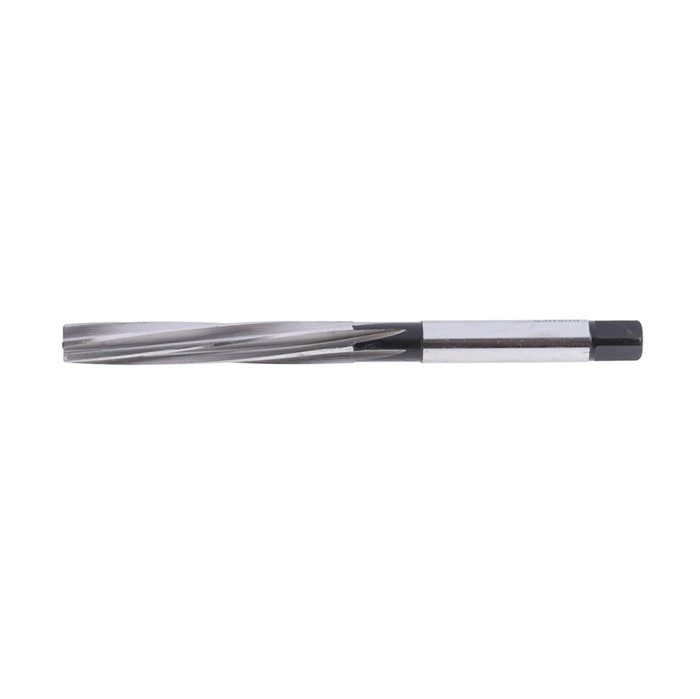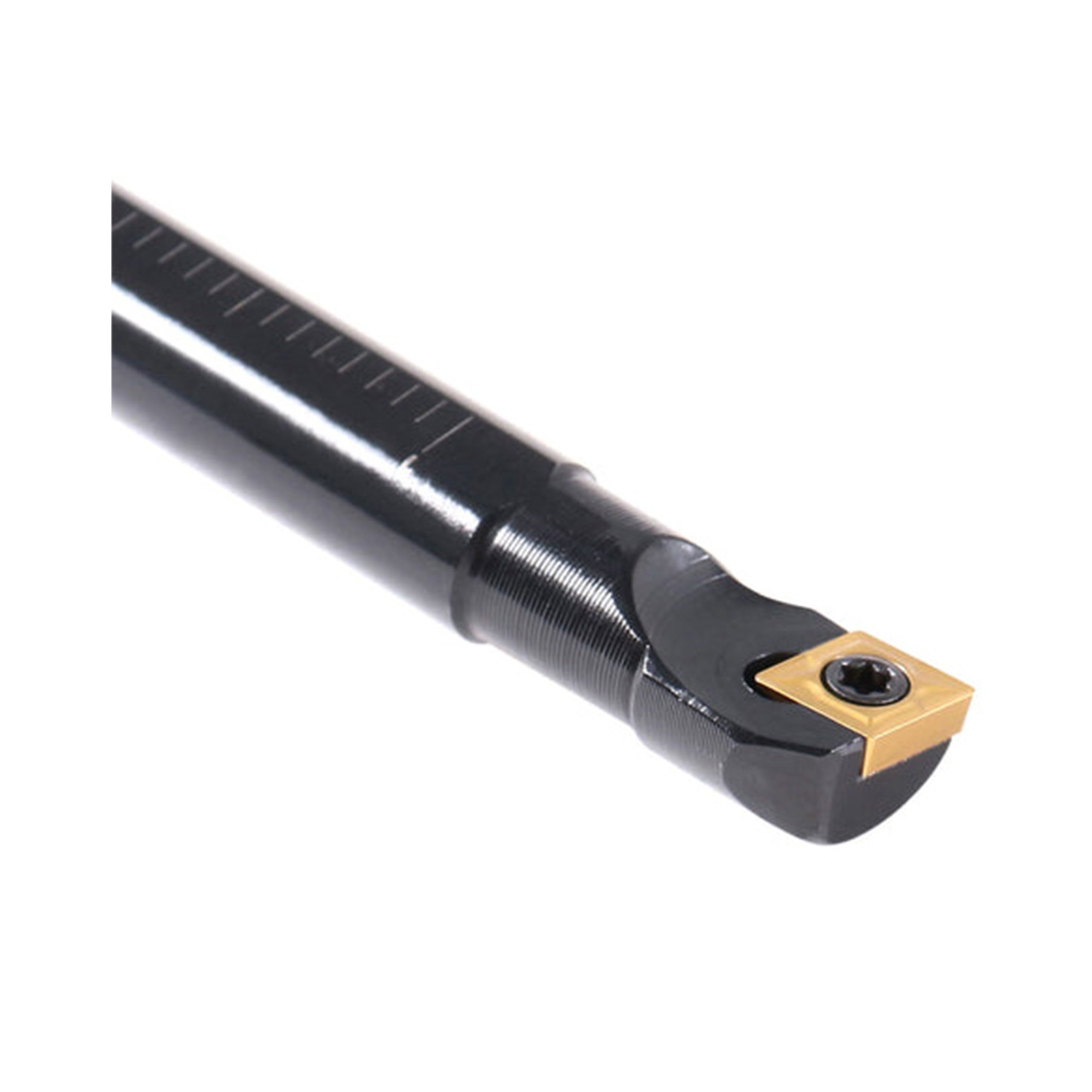High-Quality v blocks
High-quality v blocks are precision tools used to hold cylindrical or round workpieces securely for machining, inspection, or layout operations. Choosing the right v block depends on factors like size, material, accuracy, and application. This guide explores the key considerations, types, and best practices for using high-quality v blocks.
Understanding V Blocks and Their Applications
V blocks are indispensable tools in various industries, including machining, manufacturing, and quality control. Their primary function is to provide a stable and accurate platform for holding cylindrical or round objects. They are named for the 'V' shaped groove cut into the top surface. This groove allows round workpieces to be positioned precisely and securely.
Key Applications of V Blocks:
- Machining Operations: Holding workpieces during milling, drilling, grinding, and other machining processes.
- Inspection and Measurement: Supporting parts for accurate measurements using instruments like dial indicators or coordinate measuring machines (CMMs).
- Layout Work: Positioning cylindrical items for marking or scribing operations.
- Assembly: Holding components during assembly procedures.
Factors to Consider When Choosing V Blocks
Selecting the right high-quality v blocks requires careful consideration of several factors to ensure they meet the specific requirements of the application.
Material:
- Hardened Steel: Offers excellent durability, wear resistance, and dimensional stability. Ideal for demanding machining applications.
- Granite: Provides exceptional flatness and stability, making it suitable for precision inspection and measurement tasks.
- Cast Iron: A cost-effective option for general-purpose applications where extreme precision is not critical.
Size and Capacity:
The size of the v block determines the maximum diameter of the workpiece it can accommodate. Choose a v block with a capacity that comfortably exceeds the largest diameter you will be working with.
Accuracy Grade:
V blocks are available in different accuracy grades. The grade indicates the precision of the v-groove and the overall dimensional accuracy of the block. Higher accuracy grades are essential for critical applications requiring tight tolerances. Look for specifications like parallelism, squareness, and flatness tolerances.
Type of V Block:
Different types of v blocks are designed for specific purposes.
- Single V Block: Consists of a single block with a v-groove.
- Matched Pair V Blocks: Two blocks that are precisely matched for height and parallelism. They are often used together for supporting long workpieces.
- Magnetic V Block: Incorporates a magnetic base for secure attachment to machine tables or other ferrous surfaces.
- Adjustable V Block: Features adjustable jaws or clamping mechanisms to accommodate different workpiece diameters.
Clamping Mechanism:
Some v blocks include clamping mechanisms to hold the workpiece securely in place. Common options include screws, straps, and quick-release clamps. Consider the ease of use and clamping force when selecting a v block with a clamping mechanism.
Types of High-Quality V Blocks
Let's explore some specific types of high-quality v blocks available and their unique characteristics.
Hardened Steel V Blocks
Hardened steel v blocks are the most common type due to their versatility and durability. They are typically made from high-carbon steel that has been hardened and ground to precise dimensions. These v blocks can withstand heavy machining operations and provide excellent accuracy.
Pros: High durability, wear resistance, good accuracy.
Cons: Can be more expensive than other types.
Granite V Blocks
Granite v blocks offer exceptional flatness and stability. Granite is a naturally stable material with low thermal expansion, making it ideal for precision measurement and inspection applications. These v blocks are often used in metrology labs and quality control departments.
Pros: Excellent flatness, high stability, low thermal expansion.
Cons: More brittle than steel, not suitable for heavy machining.
Magnetic V Blocks
Magnetic v blocks feature a magnetic base that allows them to be securely attached to machine tables or other ferrous surfaces. This provides a stable and convenient setup for various machining and inspection tasks.
Pros: Easy to attach and detach, provides a secure hold.
Cons: Limited to use on ferrous surfaces.
Adjustable V Blocks
Adjustable v blocks offer the flexibility to accommodate a range of workpiece diameters. They typically feature adjustable jaws or clamping mechanisms that can be adjusted to fit different sizes. This makes them a versatile option for shops that handle a variety of projects.
Pros: Accommodates various workpiece diameters, versatile.
Cons: May not be as accurate as fixed v blocks.
Best Practices for Using V Blocks
To ensure accuracy and longevity, follow these best practices when using high-quality v blocks:
- Cleanliness: Always clean the v-groove and workpiece before use to remove any dirt, chips, or debris.
- Proper Support: Ensure the v block is properly supported on a stable surface.
- Secure Clamping: Use appropriate clamping force to hold the workpiece securely without distorting it.
- Regular Inspection: Inspect the v block regularly for any signs of wear or damage.
- Storage: Store v blocks in a clean, dry place to prevent corrosion and damage.
Where to Buy High-Quality V Blocks
You can find high-quality v blocks from various suppliers, including:
- Industrial Supply Companies: Companies like MSC Industrial Supply, McMaster-Carr, and Grainger offer a wide selection of v blocks.
- Tool Manufacturers: Brands such as Starrett, Mitutoyo, and Brown & Sharpe produce high-quality v blocks.
- Online Retailers: Online platforms like Amazon can provide competitive prices and a convenient shopping experience.
When purchasing v blocks, be sure to check the specifications, accuracy grade, and customer reviews to ensure you are getting a product that meets your needs. Consider exploring options from Wayleading Tools, known for their precision measuring tools and dedication to quality. Contact us for more information or assistance in selecting the right high-quality v blocks for your application.
Maintaining Your V Blocks
Proper maintenance is crucial for preserving the accuracy and lifespan of your high-quality v blocks.
- Regular Cleaning: Wipe down your v blocks with a clean, lint-free cloth after each use. Use a mild solvent to remove any stubborn residue.
- Rust Prevention: Apply a thin coat of rust preventative oil or spray to protect the blocks from corrosion, especially if they are made of steel.
- Calibration: Periodically check the accuracy of your v blocks using a calibrated instrument. If necessary, have them professionally recalibrated.
- Proper Storage: Store your v blocks in a protective case or cabinet to prevent damage from impact or dust.
Troubleshooting Common Issues
Even with proper care, you may encounter some common issues with v blocks. Here are some troubleshooting tips:
- Inaccurate Readings: Ensure that the v block and the workpiece are clean and free from debris. Check for any signs of damage or wear on the v-groove.
- Slippage: Use a suitable clamping mechanism to hold the workpiece securely. Consider using a magnetic v block for added stability.
- Vibration: Ensure that the v block is properly supported on a stable surface. Use vibration-dampening pads if necessary.
Conclusion
Choosing the right high-quality v blocks is essential for achieving accurate and reliable results in machining, inspection, and layout operations. By considering factors like material, size, accuracy grade, and type, you can select a v block that meets your specific needs. Remember to follow best practices for using and maintaining your v blocks to ensure their longevity and accuracy. With proper care and attention, high-quality v blocks will be a valuable asset in your workshop or quality control department for years to come.
Related products
Related products
Best selling products
Best selling products-
 Type C Cylinder Ball Nose Tungsten Carbide Rotary Burr
Type C Cylinder Ball Nose Tungsten Carbide Rotary Burr -
 Auto Self Reversible Tapping Chuck In Drill Machine
Auto Self Reversible Tapping Chuck In Drill Machine -
 Type E Oval Tungsten Carbide Rotary Burr
Type E Oval Tungsten Carbide Rotary Burr -
 Metric HSS 13mm Reduce Shank Drill Bit For Metal Cutting Of High Precision
Metric HSS 13mm Reduce Shank Drill Bit For Metal Cutting Of High Precision -
 CNC BT-ER Spring Collet Chuck For CNC Machine
CNC BT-ER Spring Collet Chuck For CNC Machine -
 Type J-60 Degree Cone Tungsten Carbide Rotary Burr
Type J-60 Degree Cone Tungsten Carbide Rotary Burr -
 HSS Inch Hand Reamer With Straight Or Spiral Flute
HSS Inch Hand Reamer With Straight Or Spiral Flute -
 Type K-90 Degree Cone Tungsten Carbide Rotary Burr
Type K-90 Degree Cone Tungsten Carbide Rotary Burr -
 Type H Flame Tungsten Carbide Rotary Burr
Type H Flame Tungsten Carbide Rotary Burr -
 HSS Keyway Broach With Metric And Inch Size, Push Type
HSS Keyway Broach With Metric And Inch Size, Push Type -
 7pcs Carbide Turning Tool Set With Metric & Inch Size
7pcs Carbide Turning Tool Set With Metric & Inch Size -
 HSS 3PCS DIN352 Hand Tap Set With Taper And PLUG Or Bottoming Tap
HSS 3PCS DIN352 Hand Tap Set With Taper And PLUG Or Bottoming Tap










